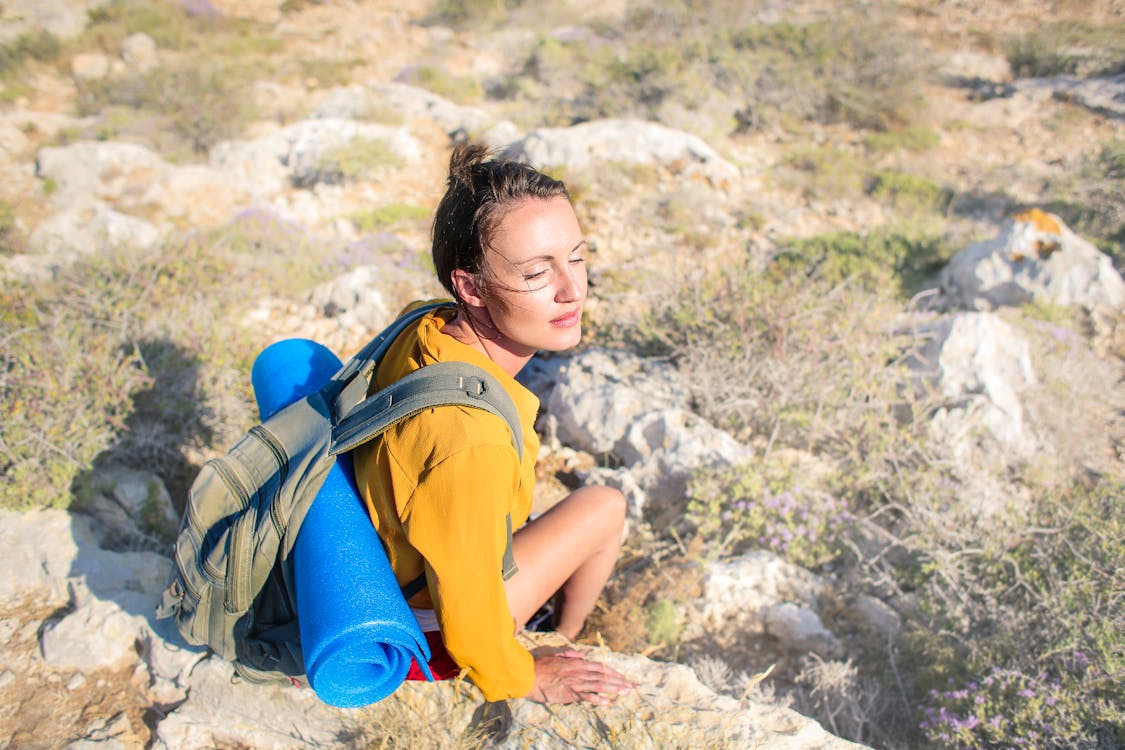
I believe that creativity is an attribute that many leaders desire, fewer leaders believe they have, and in reality, even fewer leaders exercise in practice. Creativity, as an intentional process that can lead to doing or producing new things and current things differently in the future, is a key ingredient to success. Moreover, I believe that each of us has an outlet for creativity to come to life, kindle, and burn.
The brilliance in the documented history of society's geniuses is found at the crossroads of the art and science of the phenomenon in which they are studying. The fact that the boundary pushers and creative destroyers of our past and present have been equally concerned with the art and science of the problem they are addressing demonstrates their seemingly innate appreciation and comfort with the unknown.
For example, on their pursuit of man-powered flight, the Wright brothers spent as much time studying books on ornithology (the scientific and empirical study of birds) and observing soaring birds as they did studying texts on aviation, mechanical engineering, and man-powered flight. Moreover, it was their obsession with and courage to invest their time observing soaring birds in flight that inspired them to develop the core element associated with their 1903 flier's success - the patented hip cradle system. Simply stated, the hip cradle system provided the opportunity for the pilot to literally roll left and right and by doing so flexing the tips of the left and right (top and bottom) wings of the flier in order to respond to the ever-changing winds and unpredictable drafts (McCullough, 2015).
This changed the game of man-powered flight and was directly inspired by their observation of soaring birds (e.g., eagles, buzzards, falcons, sea gulls, etc.). In turn, this informed the way they designed their flier and reframed their appreciation for flexibility in their approach and in their actual design (McCullough, 2015). Finally, it was their commitment to respecting and taking pause at the crossroads between the art and science of their field that led to their world changing ideas. To think that the key to understanding a fundamental aspect of man-powered flight had always been there for all aviators and innovators to observe and re-engineer is both confounding and inspiring.
As we begin to think practically about what this means to us as creators, innovators, and ideators it is important to consider where we might start. For me, the creative process follows these five practical, applicable, and transferable steps:
1. Stop and observe the world within your immediate surroundings around you with a heightened sense of awareness. This can include asking questions, making observations, and reviewing artifacts in order to inform, complement, or contrast with what you think about the world. Lead with the question: what do I care enough about to do something about in this world?
2. Intentionally decide to find comfort in and understand the borders and ambiguity of a blank canvas. Lead with the question: how have my observations shaped or framed the way I view this particular challenge or topic?
3. Adopting and applying divergent thought practices to generate ideas by exploring various explanations and opportunities in a free-flowing, deviating manner (e.g., list concepts, ideas, and responses). Lead with the question: in what theoretical ways can we address this topic?
4. Adopting and applying convergent thought practices to refine ideas from a free-flowing divergent exploratory process into the criteria-driven narrowing and joining of ideas to address a challenge or topic. Lead with the question: of the ideas or responses generated, which seem to fit and directly support the challenge or topic being addressed?
5. Post-convergence, develop a plan that includes a simple project statement, which includes scope, schedule, and resources needed. Lead with the question: now that I have an idea how will I pursue and achieve it?
Perhaps most important is that each of us, as leaders - not as human beings - realize that we have access to reservoirs of creativity and innovation. It is up to us to find ways to tap into that creativity and convert it into transformational initiatives. Go for it, find yourself, tap into your creativity, and transform the world you live in for the better!
https://ezinearticles.com/?Creativity-As-a-Key-to-Success:-Cultivating-and-Tapping-Into-the-Spirit-Within&id=9624060


No comments:
Post a Comment